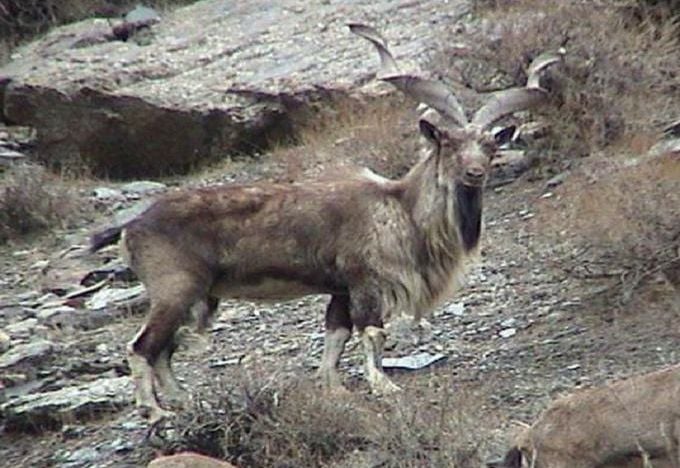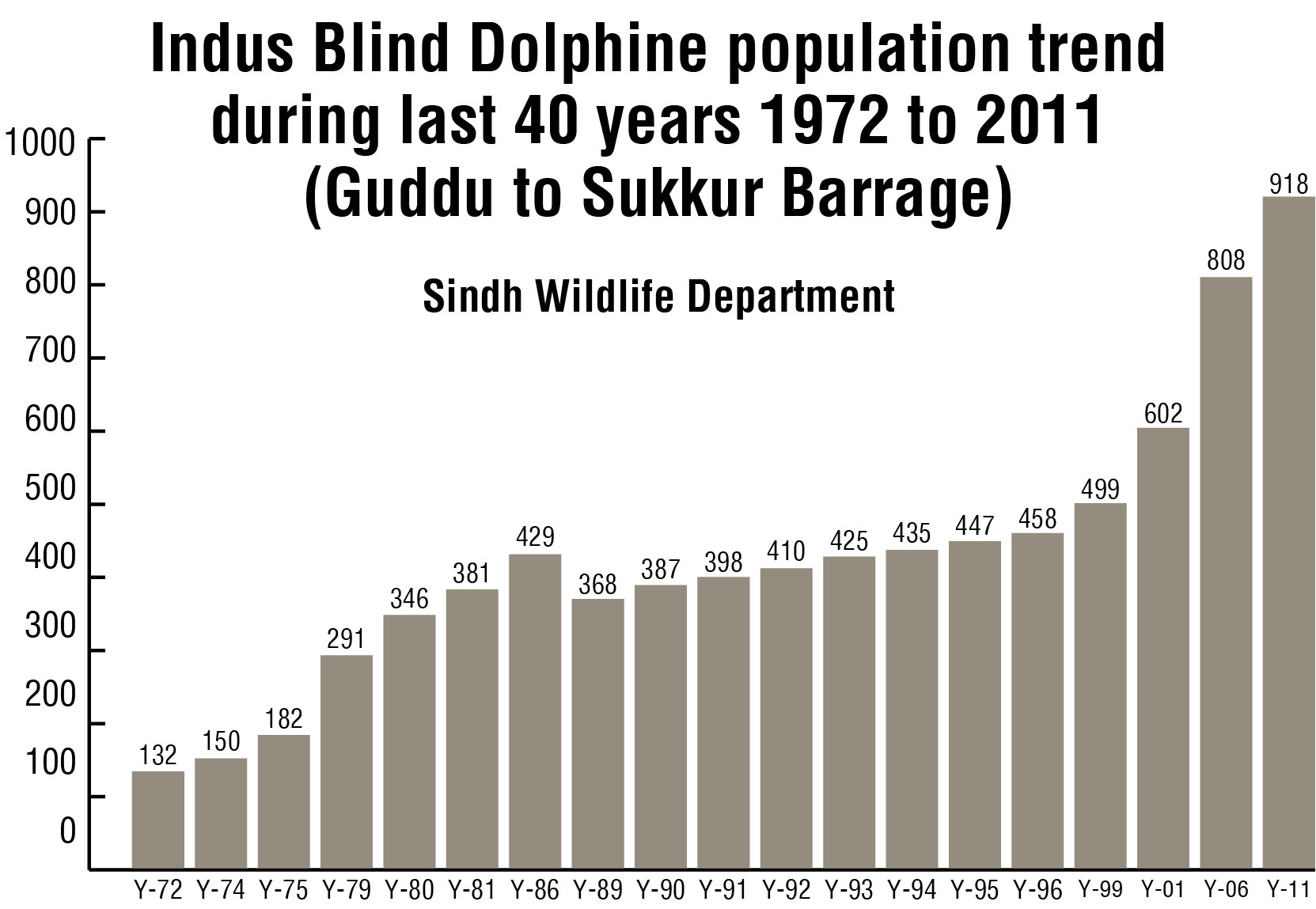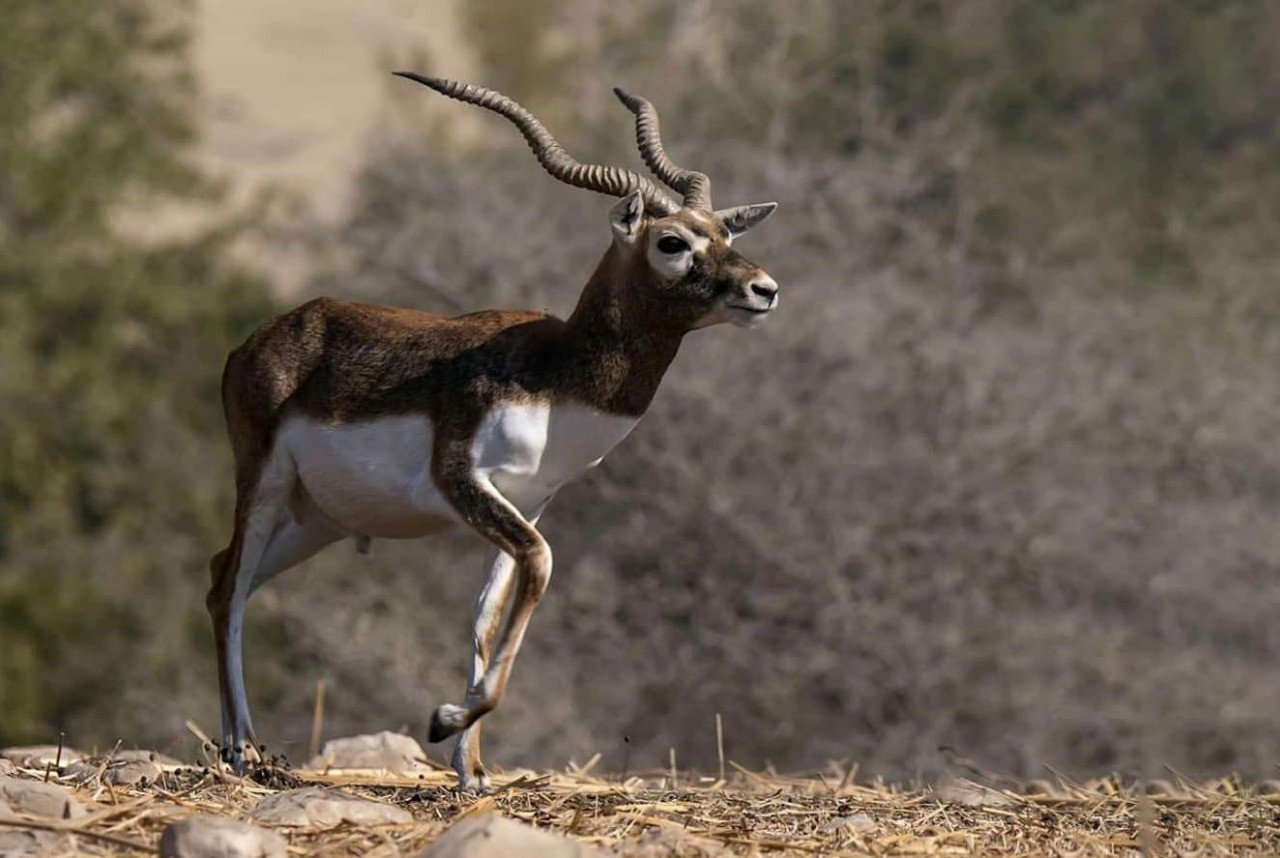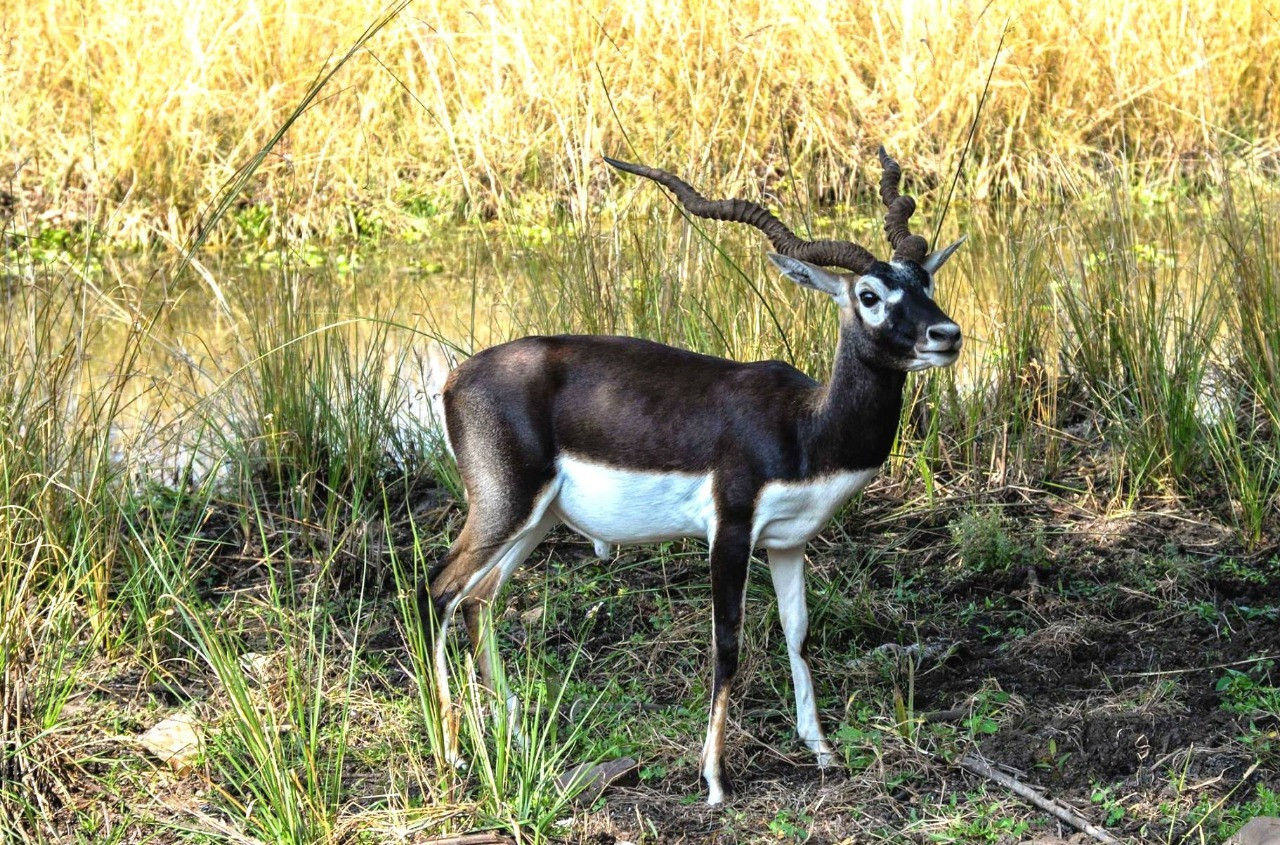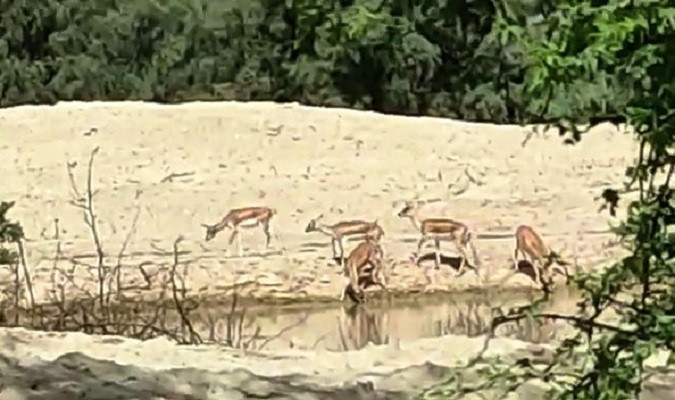- Copy to clipboard
- Thread starter
- Moderator
- #16
- Jan 25, 2024
- 111,139
- 829
- Origin

- Residence

Bears
Heavily built animals with large rounded heads, protractible lips, short tail, short rounded ears, plantigrade feet, digits armed with long non-retractile claws, cheek teeth being tuberculate and there are carnassials, sense of smell very acute, chiefly vegetarian in diet, feed mostly on fruits, honey and ants, sucks up ants from their hills, occasionally kill sheep and goats, usually comes out at night, breed once a year.
The two species of bear found in Pakistan and Ursus arctos, the brown or red bear and Selenarctos thietanes, the black bear. The red or brown bear is restricted to alpine meadows and subalpine scrub forests of Chitral, Gilgit, Baltistan and Hazara division.
Population is very sparse. Body is covered with dense reddish brown fur. It is comparatively larger in size than black bear.
Heavily built animals with large rounded heads, protractible lips, short tail, short rounded ears, plantigrade feet, digits armed with long non-retractile claws, cheek teeth being tuberculate and there are carnassials, sense of smell very acute, chiefly vegetarian in diet, feed mostly on fruits, honey and ants, sucks up ants from their hills, occasionally kill sheep and goats, usually comes out at night, breed once a year.
The two species of bear found in Pakistan and Ursus arctos, the brown or red bear and Selenarctos thietanes, the black bear. The red or brown bear is restricted to alpine meadows and subalpine scrub forests of Chitral, Gilgit, Baltistan and Hazara division.
Population is very sparse. Body is covered with dense reddish brown fur. It is comparatively larger in size than black bear.

